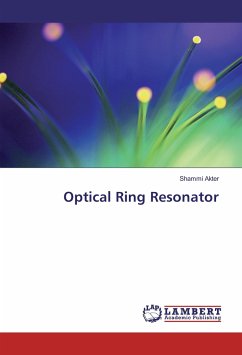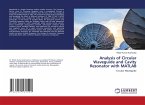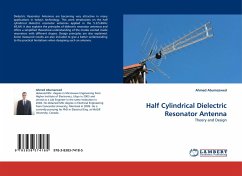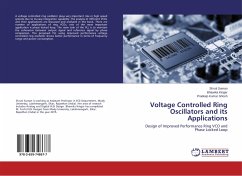The influences of Complementary Circular Split Ring Resonators (CCSRR) and air gap with accompanying circular microstrip patch are investigated for future wireless communication antenna. It is designed to operate from 5.850 GHz to 7.075 GHz spectrum band using microwave laminate RT/D 5880 ( r = 2.2 and thickness of 1.82 mm). The antenna structure was organized into three separate layers consisting of circular copper sheet as the ground plane (layer number one), an undersized main radiator, where the signal and energy gathered and stored, focuses and passes through to resonate its above layer (layer number two) and the slotted split ring resonators on the layer number three laminate. All layers are separated by an air gap, the positioning of coaxial feed with a small circular copper patch, the number and width of the split ring resonators corresponding to each individual circular patch are varied and analyzed as the key parametric studies. The results of the return losses, VSWR, realized gain and farfield radiation pattern either in 2D, 3D or polar plot views obtained are compared and analyzed.








